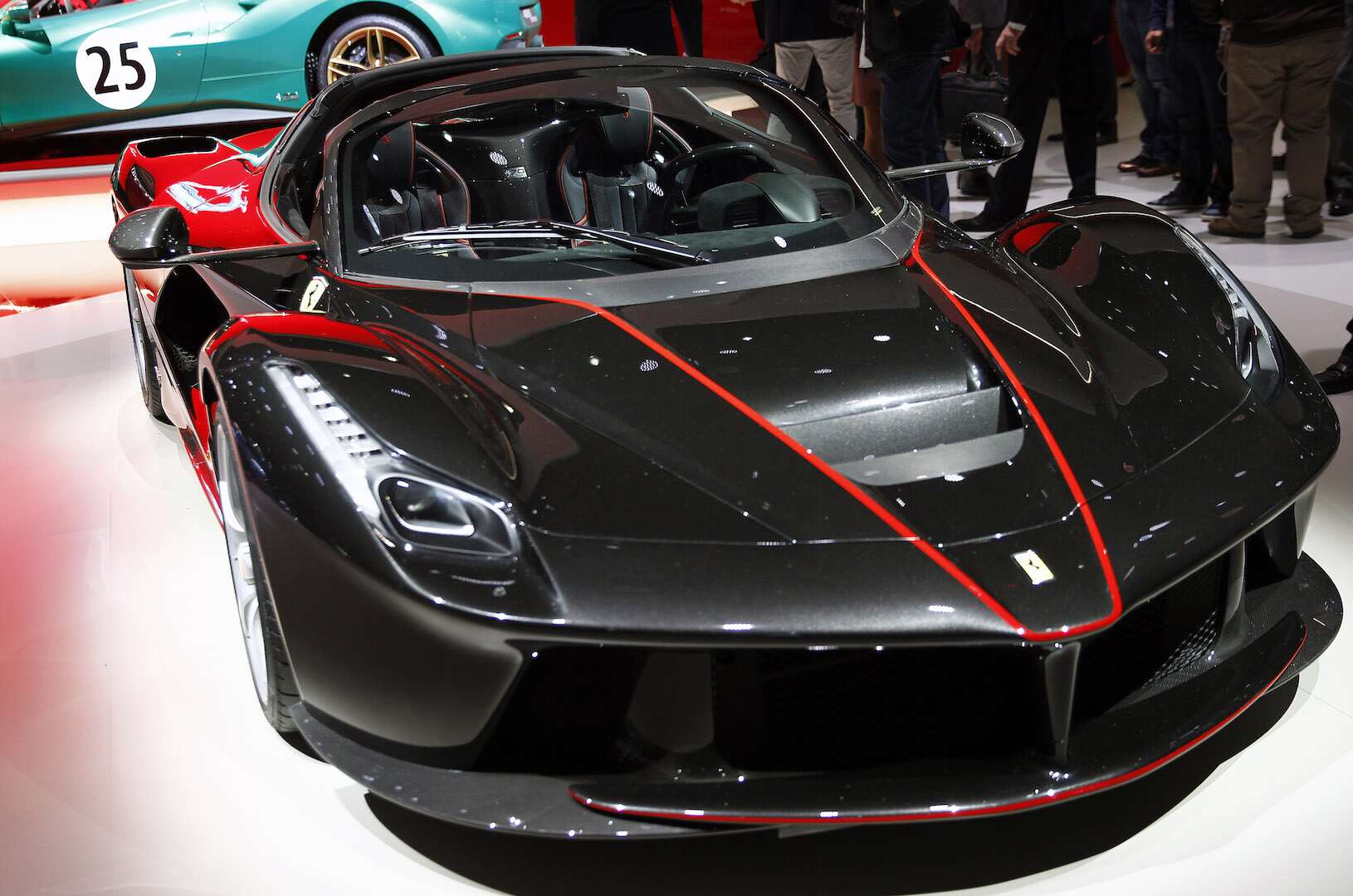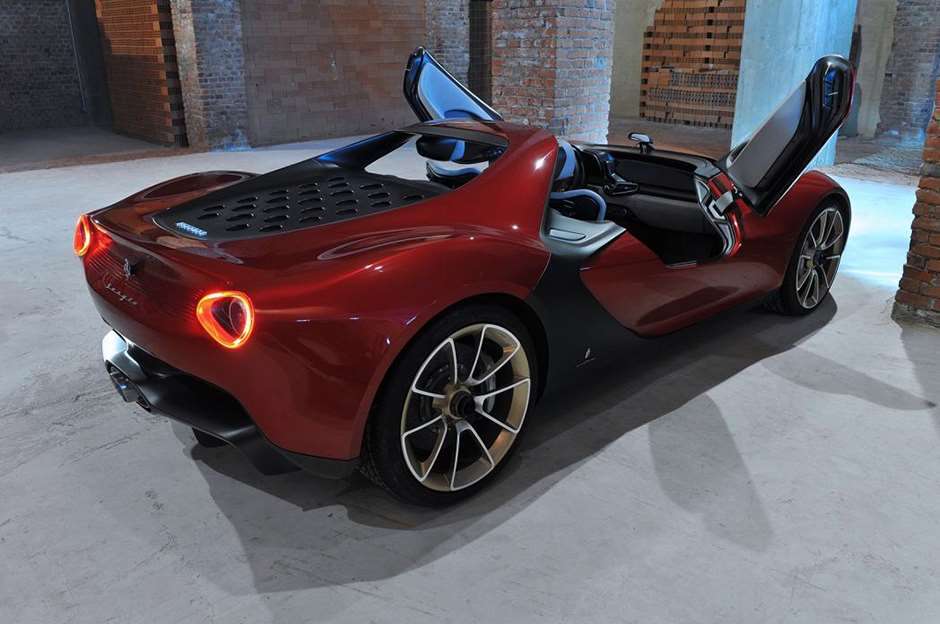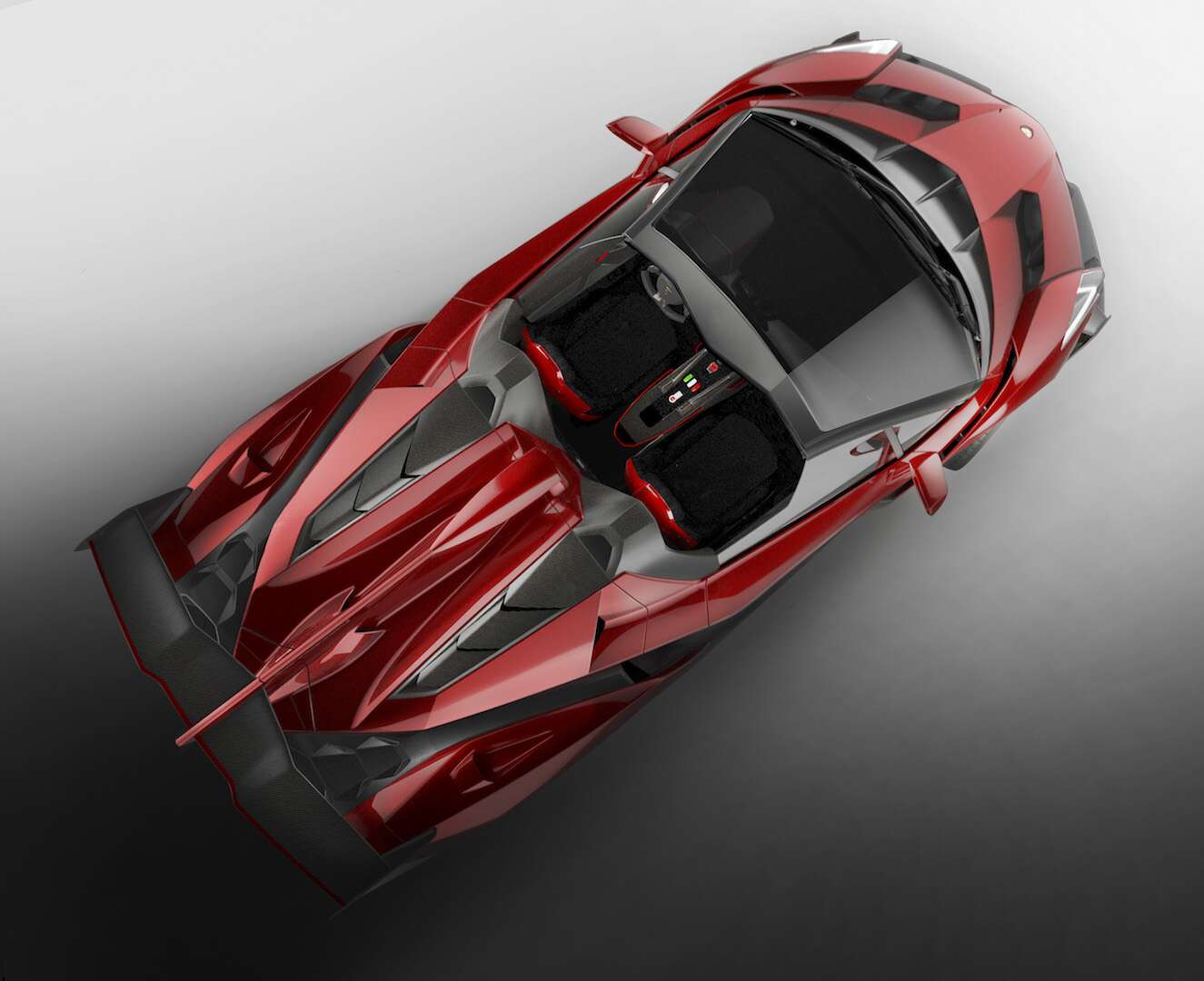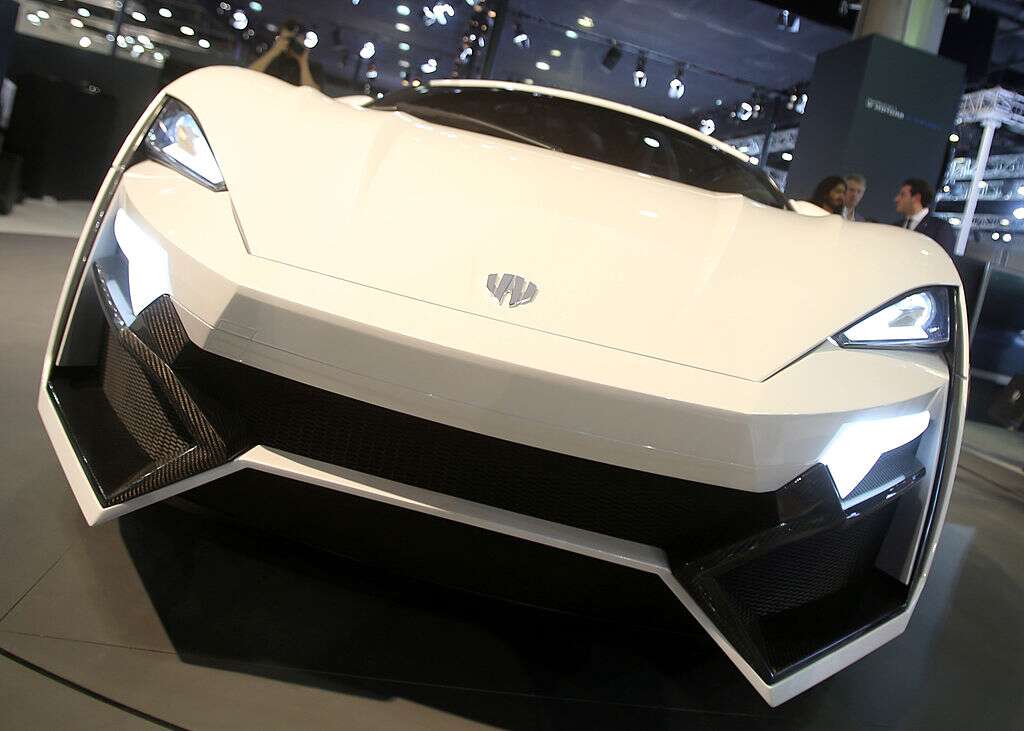20 Small Business Trends and Predictions for 2018
Another year has come to a close and businesses are preparing to enter 2018 with a bang.
What do entrepreneurs expect heading into the new year? Business News Daily got in touch to find out some of the major things on their radar. Here are 20 key ideas, trends, and predictions to keep in mind in order to make the most of 2018 for both your business and your customers.
Technology and cybersecurity
A shift in IT spending: “A significant number of enterprises will begin to invest in a dedicated security operations center as part of the shift away from prevention towards detection and response … Hybrid security offerings combining on-premise and SaaS/Cloud solutions will become the dominant architecture with customers beginning to integrate these offerings starting in 2018.” – Prakash Nagpal, vice president of Infoblox.
The Cloud will fragment into microservices: “In 2018, technology companies are going to ditch the buzzword ‘cloud’ in favor of the next big trend in IT – ‘microservices’. This is where companies will increasingly look to scale by essentially breaking up their IT and thinking smaller and using more SDN and NFV type approaches. Enterprises should also take note fast – moving to smaller applications makes it much easier to scale and decreases risk, while increasing efficiencies.” – Craig Walker, CEO of business communication platform Dialpad
The rise of the sharing economy: “Digitization and the sharing economy will disrupt more industries. Already, retail (Amazon), automotive (Uber and Zipcar), and the server market (Google, Amazon) have been disrupted – and we have had two years without another major industry being disrupted. Given this, financial services and healthcare are ripe for disruption.” – Prakash Nagpal
Marketing and advertising
The personalization of marketing: “Marketing is becoming increasingly personal, and this trend will keep going as we move into the new year. No longer will stock images, generic nurturing campaigns, or impersonal calls to action convince consumers. In order to succeed, you’ll have to provide high-value and personalized content every step of the way.” – Harrison Doan, director of analytics at Saatva.
Modern marketing tools make personalization possible: “While email marketing has traditionally been a one-to-many medium, it’s a great example of this trend being brought to life as we continue to see an increased focus on more customized messaging heading into 2018. A major catalyst behind this shift toward one-to-one has been advances in personalization technology, especially click segmentation. Personalizing email marketing is especially valuable because small businesses often have a variety of products, yet not every offering will necessarily appeal to every customer on an email list.” – Dave Charest, director of content marketing at Constant Contact, an Endurance International Group company
AI will emerge as a critical marketing tool: “In the past executives may have tinkered with AI to schedule their calendars, but 2018 will see the end of the experimental phase and the beginning of applying artificial intelligence to solve the most soul-crushing marketing problems. For example, conversational AI companies like Conversica will make it possible for PR companies to harness conversational AI for lead nurturing and finding new clients. CRM companies like Helpshift will streamline customer service. AI however will not replace traditional media relations. Journalists deserve a human touch that AI will not yet be able to mimic.” – Curtis Sparrer, principal at Bospar PR
Social advertising will become more competitive: “For paid social ads in Facebook, the 2018 landscape will continue to get far more competitive. Facebook advertising is still in its ‘Golden Age,’ but the company is growing the number of advertisers at a very rapid pace. While large companies jumped on the Facebook ad bandwagon some time ago, there is significant long-tail growth among SMBs which still have not embraced Facebook ads fully and the vast majority are not advertising there. The end result of this, Facebook will continue to accelerate the number of advertisers it has with SMBs and CPM and CPC costs will rise for all Facebook advertisers.” – Toby Danylchuk, co-founder of 39 Celsius Web Marketing
There will be growth in small business cross-channel marketing: ” Very few small businesses today do any sort of cross-channel strategic advertising. Many owners even have separate vendors for Facebook, Google, web content, web maintenance, etc. Large brands do this rather well, and I believe in 2018 we will see small businesses utilizing integrated strategies – and these small businesses will outperform their competitors.” – Bil Gaines, digital marketing director of Custom Creatives
Financial
Banking models will begin a radical shift: “Millennials want to bank wherever they want and whenever they want, which does not align with the traditional banking model. It’s predicted that digital banking will grow to more than 2 billion users by 2020. As a result of this shift, the traditional brick-and-mortar banking solution will be replaced with a technology first-mindset. In essence, your wallet will be your phone.” – Dave Mitchell, president of NYMBUS
Speed is key in modern banking: “The banking channel will strive for speed. Lending, banking services, statement processing and other banking channel players are scrambling to get online and get faster. We expect the scramble to continue as the industry seeks to eliminate middle men – like brokers – and better serve their customers.” – Vernon Tirey, co-founder and CEO of LeaseQ
Mobile banking means more mobile cyberattacks: “All are experiencing a big increase in attacks on their mobile banking and transactions. Expect that to continue. Approximately 80 percent of financial institutions’ customers are doing online banking, 50% are on mobile and that’s growing. More customers equals more opportunity for attacks.” – John Gunn, CMO of VASCO Data Security
Artificial intelligence and machine learning
Machine learning and Blockchain will grow more prominent: “Two of the most interesting IoT developments to emerge in 2017, with the most potential for innovation, were blockchain and machine learning. They likely won’t go straight to market in the new year – we’ll likely see more proofs of concept instead – but, we have seen some fascinating PoCs already.” – Mike Bell, EVP IoT & Devices at Canonical
Machine learning will become more responsive in customer service: “Machine learning will play a bigger role in sales and customer support in 2018. Lower costs and increased availability of speech analytics tools mean more businesses will record and monitor calls within their contact centers. Instead of simply guiding callers through prompts, speech analytics will help to categorize them and analyze responses in terms of what you say and how you say it. Insights like these will be used to guide agents, in real time, to get the best results from each interaction.” – Chad Hart, head of strategic products at Voxbone.
AI implementation will help business capitalize on large troves of data: “Although discussions on the topic of data may not be new, until now most business have been focused on forming teams and building data pipelines, but the data itself has not produced much disruption. With the right people and tools in place, companies can now focus on using data to drive growth. Companies will look to incorporate artificial intelligence (AI) to gain a competitive edge.” – Jennifer Shin, founder and chief data scientist of 8 Path Solutions
The Internet of Things
IoT cyberattacks will become more common: “There will be an increase of random IoT hacks and attacks because the tools are easy to find and use, and also because of all the unsecured IoT devices – Gartner says there are 8 billion connected things in 2017 and expects 20 billion connected devices by 2020. Anyone can go onto the dark web and start using available malware code, not to mention the readily available services such as hacking, malware- and ransomware-as-a-service, which can all be hired for next to nothing. It’s very easy these days for someone with little knowledge to launch a sophisticated attack, and there’s clear financial incentive – in the last three years, business email compromise alone made $5.3 billion.” – Christian Vezine, CISO at VASCO Data Security
IoT devices will become more secure: “Expect to see at least 2 or 3 large-scale, botnet-style attacks on IoT-related hardware in 2018. To remedy this, the industrial space may pick up a trend from the consumer space, where device updates are downloaded automatically, and give the user little say in the process.” – Mike Bell
Industry will employ more low power wide area networking (LPWAN): “LPWAN technology can be unwired and run for a long time, with minimal power consumption. Its potential applications include heartbeat communications and predictive maintenance for industrial equipment like basement boilers, which can be otherwise difficult to reach … LPWAN provides better penetration and range in hard-to-reach areas, which opens the door for groundbreaking new industrial equipment use cases.” – Mike Bell
The modern workplace
The evolution of the workplace: “The physical workspace as we know it today is going to significantly change next year as businesses start to get smart about how they use space to drive productivity and adapt to new employee behaviors and tech tools. Large companies will also look to reduce their real estate commitments and move more to flex desk options as more employees work away from the office, while being connected to it by making use of better tools that help them do their work more effectively.” – Craig Walker
Expect the number of remote workers to continue increasing: “Only 32 percent of employees spent all their time working in, or at their office this year, The flexibility to work remotely has evolved beyond an occasional perk, with 43 percent of employees saying it’s a must-have.” – Staples Business Advantage’s Annual Workplace Survey
Workplaces will unveil bolstered anti-harassment policies: “With such a magnifying glass being put on men’s behavior in the workplace in the latter half of 2017, next year is going to see a lot of anti-sexual harassment training in workplaces, as well as anti-harassment policies being beefed up.” – Rob Swystun, business communication specialist







 Koenigsegg.com
Koenigsegg.com
 Getty Images
Getty Images
 Getty Images
Getty Images
 Bugatti.com
Bugatti.com
 Pagani.com
Pagani.com
 Goodwood
Goodwood
 Aston Martin
Aston Martin
 Lamborghini
Lamborghini
 Karim Jaafar / Getty Images
Karim Jaafar / Getty Images
 Goodwood
Goodwood








